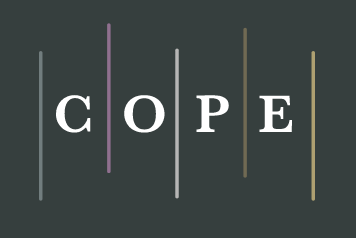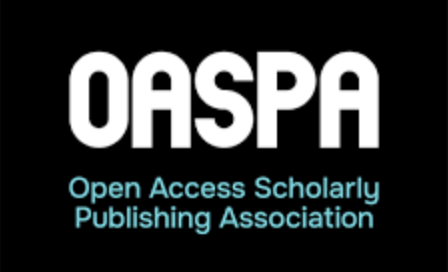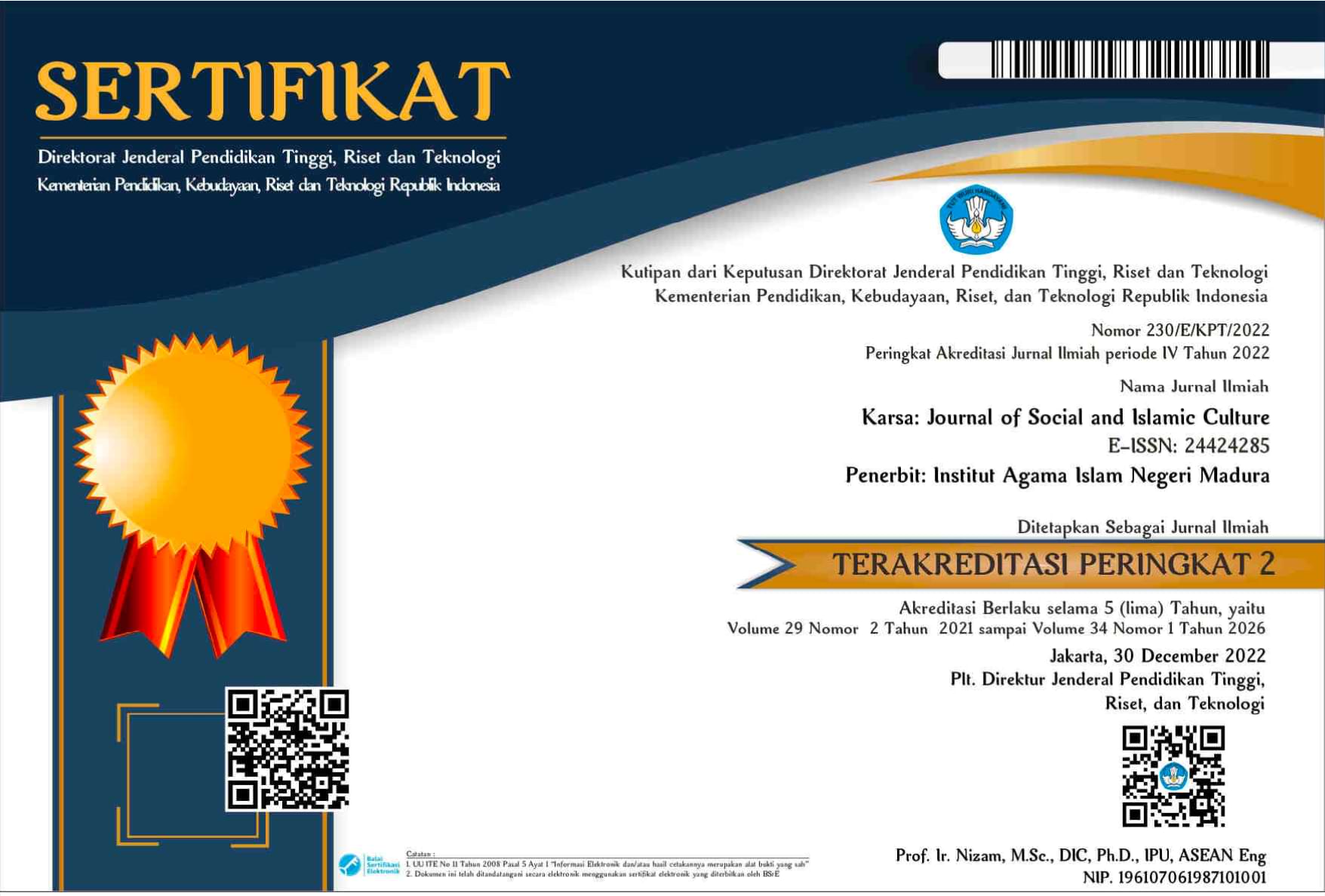Various Language Expressions in The Criticism of Madurese People on Social Media Field
 Abstract views: 436
,
Abstract views: 436
,
 PDF downloads: 284
PDF downloads: 284
Abstract
Downloads
References
Hamers, J.F. Bilinguality and Bilingualism. Cambridge: Cambridge University Press, 1995.
Haryono, A. “Pola Komunikasi Warga NU Etnis Madura Sebagai Refleksi Budaya Paternalistik.” Jurnal Humaniora 23, No. 2 (2011).
Hidayatullah, P. Dangdut Madura Situbondoan. Yogyakarta: Diandra Kreatif, 2017.
Holmes, J. An Introduction to Sociolinguistics. London: Longman Group UK Limited, 1997.
Marzali, A. Apakah Etnografi, dalam Metode Etnografi. Yogyakarta: Tiara Wacana, 1997.
Santoso, T. “Kajian Sosiobudaya Kumpulan Sajak Madura, “Akulah Darahmu” Karya D. Zawawi Imron”. Jurnal Humaniora, 16, No.3 (2004), 313–319.
Sarmini. “Ruang dan kultur Kekerasan Domestik: Pengalaman Perempuan Madura di Kemayoran Baru Surabaya”. Jurnal Humaniora, 20, No. 1 (2008), 38–50.
Savile-Troike, M. The Ethnography of Communication. New York: Basil Blackwell Ltd, 1989.
Soegianto. Unda-Usuk Bahasa Madura. Jakarta: Pusat Pembinaan dan Pengembangan Bahasa Departemen Pendidikan dan Kebudayaan, 1997.
Sofyan, A. Variasi, Keunikan, dan Penggunaan Bahasa Madura. Surabaya: Balai Bahasa Surabaya, 2008.
Spradley, J. P. Participant Observation. New York: Hold, Rinehart and Winston, 1980.
Sukardi, A. Kasusastraan Madura Kembang Sataman. Jember: Dinas Pendidikan Kabupaten Jember, 2001.
Wibisono, B. Etnografi Komunikasi Dalam Penelitian Perilaku Berbahasa. Jember: Jember University Press, 2007.
Wibisono, B. “Faktor Penentu Pemilihan Varian Bahasa oleh Multibahasawan Etnis Madura di Jember dalam Obrrolan”. Jurnal Humaniora 19, no. 1 (2007): 52-61, https://doi.org/10.22146/ jh.v19i1.891.
The journal operates an Open Access policy under a Creative Commons Non-Commercial Share-Alike license. Authors who publish with this journal agree to the following terms:
- Authors retain copyright and grant the journal right of first publication with the work simultaneously licensed under a Creative Commons Attribution License that allows others to share the work with an acknowledgement of the work's authorship and initial publication in this journal.
- Authors are able to enter into separate, additional contractual arrangements for the non-exclusive distribution of the journal's published version of the work (e.g., post it to an institutional repository or publish it in a book), with an acknowledgement of its initial publication in this journal.
- Authors are permitted and encouraged to post their work online (e.g., in institutional repositories or on their website) prior to and during the submission process, as it can lead to productive exchanges, as well as earlier and greater citation of published work.





















